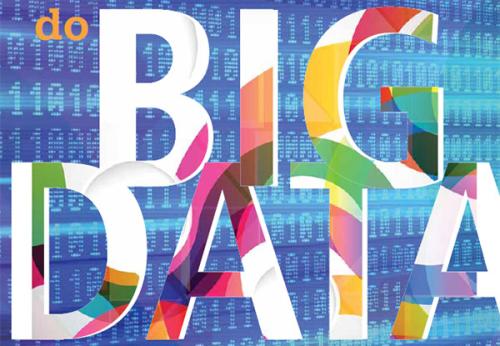Digital twin (DT), refers to a promising technique to digitally and accurately represent actual physical entities. One typical advantage of DT is that it can be used to not only virtually replicate a system's detailed operations but also analyze the current condition, predict future behaviour, and refine the control optimization. Although DT has been widely implemented in various fields, such as smart manufacturing and transportation, its conventional paradigm is limited to embody non-living entities, e.g., robots and vehicles. When adopted in human-centric systems, a novel concept, called human digital twin (HDT) has thus been proposed. Particularly, HDT allows in silico representation of individual human body with the ability to dynamically reflect molecular status, physiological status, emotional and psychological status, as well as lifestyle evolutions. These prompt the expected application of HDT in personalized healthcare (PH), which can facilitate remote monitoring, diagnosis, prescription, surgery and rehabilitation. However, despite the large potential, HDT faces substantial research challenges in different aspects, and becomes an increasingly popular topic recently. In this survey, with a specific focus on the networking architecture and key technologies for HDT in PH applications, we first discuss the differences between HDT and conventional DTs, followed by the universal framework and essential functions of HDT. We then analyze its design requirements and challenges in PH applications. After that, we provide an overview of the networking architecture of HDT, including data acquisition layer, data communication layer, computation layer, data management layer and data analysis and decision making layer. Besides reviewing the key technologies for implementing such networking architecture in detail, we conclude this survey by presenting future research directions of HDT.
翻译:暂无翻译




